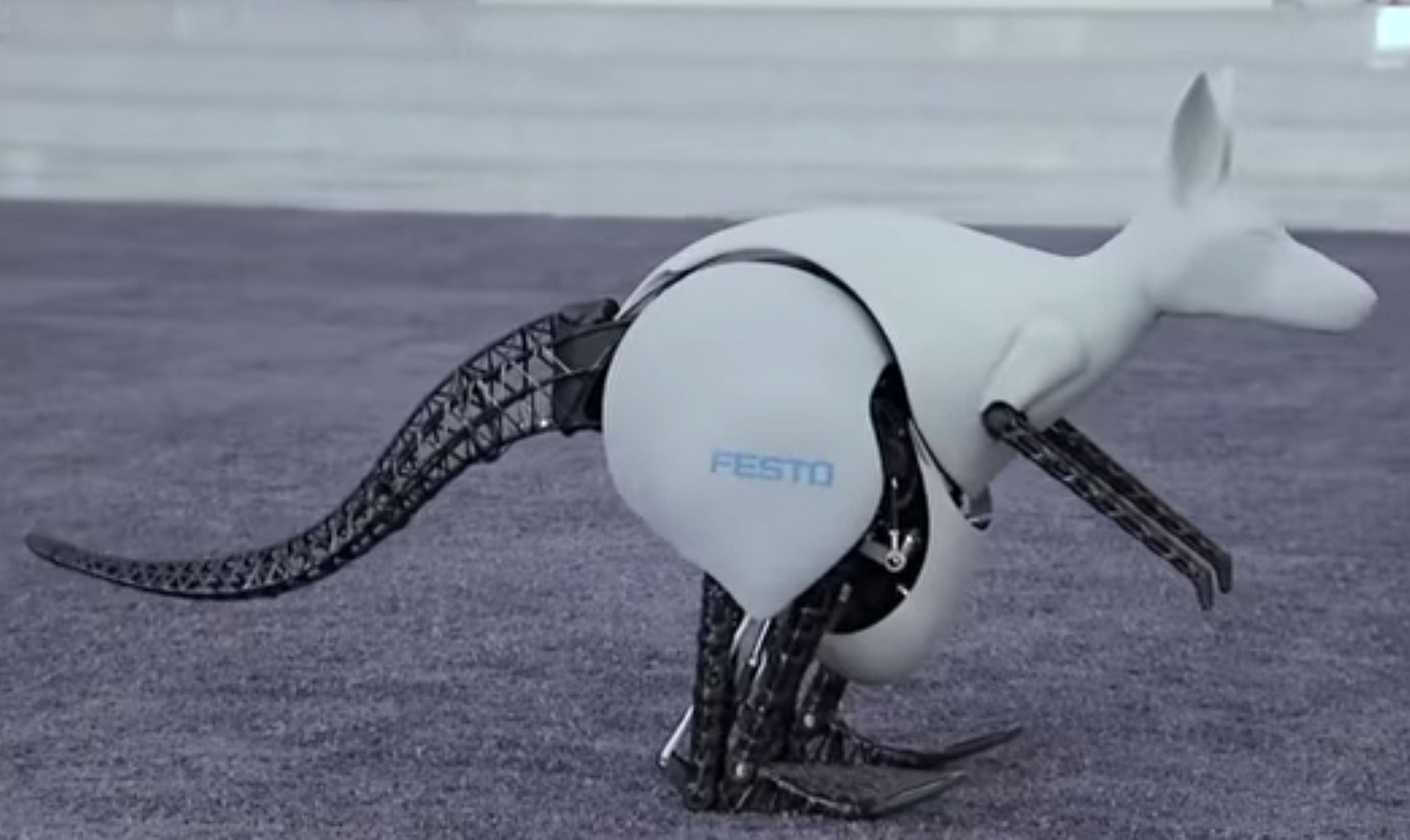The robot kangaroo that stores the energy from its jumps

Your support helps us to tell the story
From reproductive rights to climate change to Big Tech, The Independent is on the ground when the story is developing. Whether it's investigating the financials of Elon Musk's pro-Trump PAC or producing our latest documentary, 'The A Word', which shines a light on the American women fighting for reproductive rights, we know how important it is to parse out the facts from the messaging.
At such a critical moment in US history, we need reporters on the ground. Your donation allows us to keep sending journalists to speak to both sides of the story.
The Independent is trusted by Americans across the entire political spectrum. And unlike many other quality news outlets, we choose not to lock Americans out of our reporting and analysis with paywalls. We believe quality journalism should be available to everyone, paid for by those who can afford it.
Your support makes all the difference.The video below shows the newly developed Bionic Kangaroo in action.
Designed by the German company Festo, this artificial animal is inspired by nature and can store the energy from its landing to use for the next bound, demonstrating an efficient way of generating movement.
It took almost two years for the researchers to construct their robotic roo. The design emulates the jumping behaviour of real kangaroos, which save the energy produced whilst jumping to release during their next leap.
The robot kangaroo makes use of a rubber spring that stores energy during landing, mimicking the natural animal’s highly developed Achilles tendon. In the Bionic Kangaroo, the jumps are fuelled by a combination of pneumatic and electrical energy, making the robot’s ‘muscles’ contract.

When a certain angle of the leg is reached, the stored energy is released, resulting in a jump. In this way, the artificial kangaroo can reach a height of up to 40 centimetres (16 inches) and a distance of 80 centimetres (31 inches) per jump.
The robot itself is one meter tall (3.3 feet) and weighs just seven kilograms (just over a stone), making it considerably lighter than the animals it was modelled on.
As demonstrated in the video, the robot is controlled by gestures through the use of a wearable remote control.
The project does not have a direct commercial purpose, but the development team at Festo hope that their kangaroo demonstrates the possibility of more energy efficient movement technologies.
Join our commenting forum
Join thought-provoking conversations, follow other Independent readers and see their replies
Comments